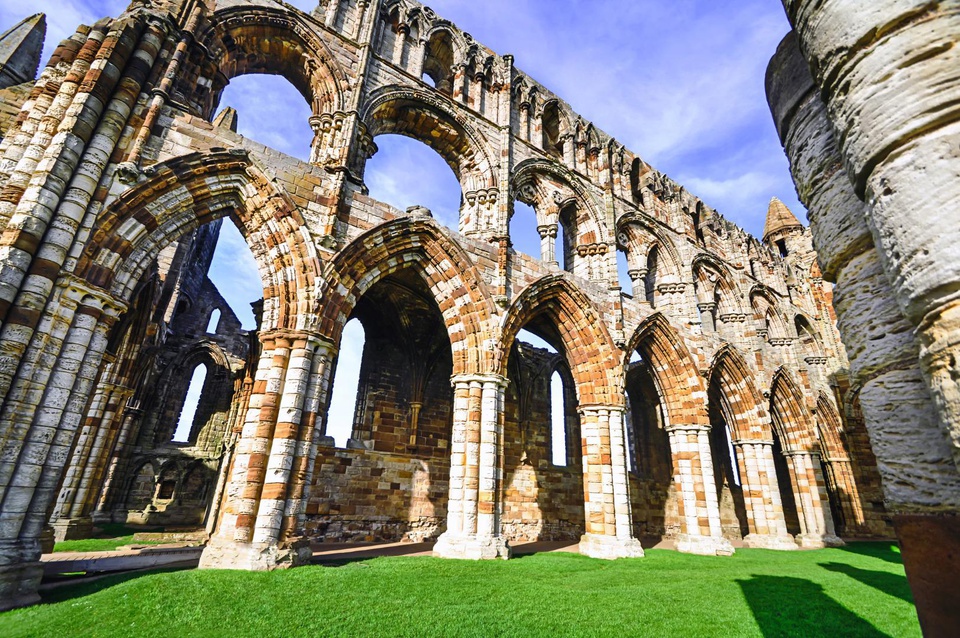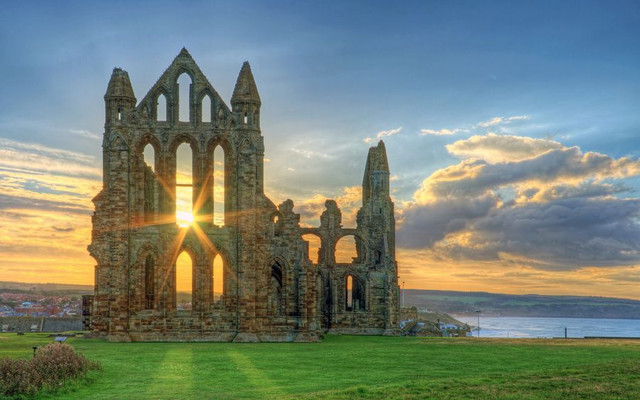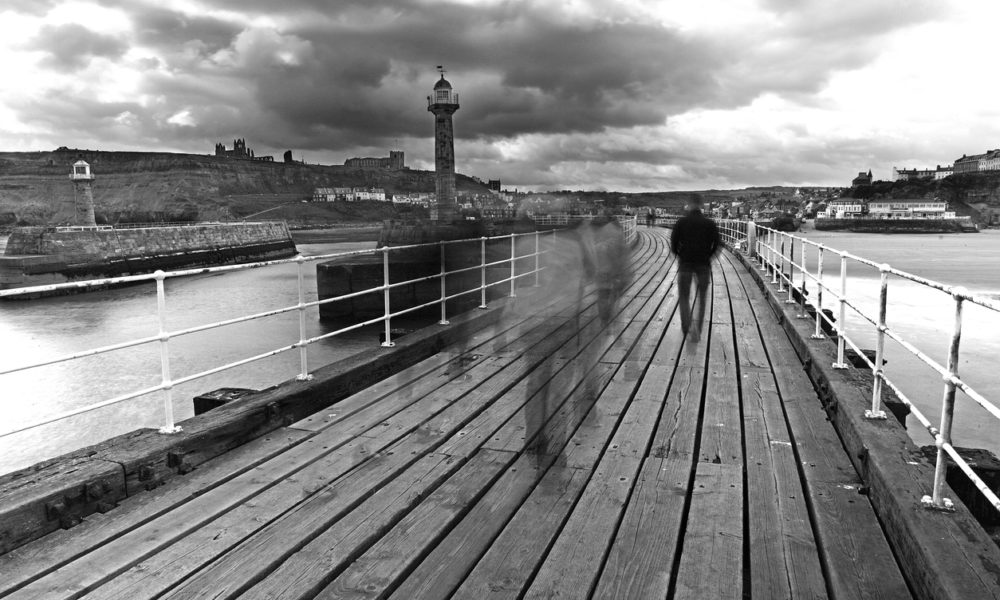Whitby Abbey
Whether you are thinking of visiting Whitby or are a regular visitor, you will have seen the impressive ruins of Whitby Abbey perched on top of the East Cliff, either in person, in photos or on TV…But do you know anything about the abbey’s history?
In AD 657 Abbess Hild founded a monastery for the Benedictine monks and nuns, on land given by King Oswiu, of Northumbria. After a Viking attack in 867AD, the abbey was abandoned. The Benedictine monk Reinfrid established a new community on the site in 1078.
In December 1539, Henry VIII ordered the closure of Whitby Abbey. The abbey was then stripped of anything deemed ‘of value’. This included the glass from the windows and the lead from the roof. The roof of the church and the central tower eventually fell, leaving the Gothic ruins we see today.
In December 1914, during the first world war, Whitby was shelled by the Germans destroying the west wall and nave of the abbey. Over time after the shelling, even more damage was done by locals who scavenged materials to be used for their own buildings. The Cholmley family built an impressive private house next to the Abbey; of course, much of the material they used came from the abbey ruins. You can still see the impressive façade of the Cholmley mansion, as it has become the Visitor Centre, where you can find displays of Anglo-Saxon and medieval artefacts from the site.

The abbey ruins remain a popular attraction for visitors to the town, particularly photographers and film and TV crews. Hardly surprising considering the impressive Gothic architecture and the fantastic panoramic views over the town and coastline!
For those who like a physical challenge, the abbey can be reached by walking up the 199 Steps which lead up from Henrietta Street, and through the churchyard of St Mary’s Church. For those less able, you can drive up to the abbey from the outskirts of town.
Whitby Abbey hosts many special events during the year, and during the week leading up to Halloween, the Abbey is illuminated every evening. This is a stunning sight, with the gothic remains bathed in coloured lights.
Click here to visit the English Heritage website


